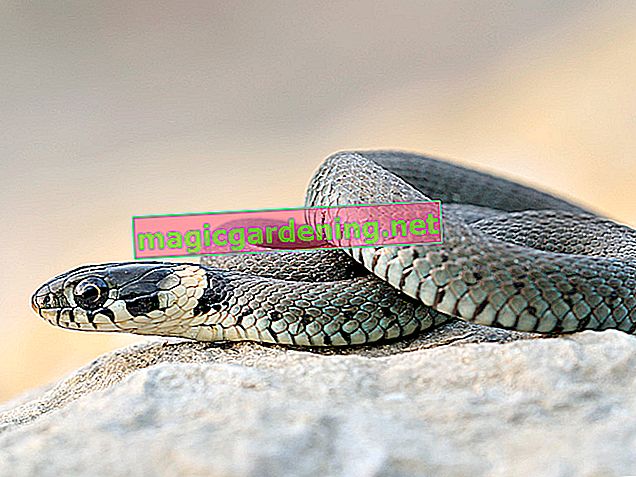
What diseases can pear trees attack?
The most common diseases of the pear tree include:
- Pear grate
- Fire blight
- Tree crab
- Pear blossom brandy
- Pear decay - phytoplasmosis
also read
- Recognize and treat diseases of the cypress
- Recognize and treat root rot in thuja
- Recognize and treat fungal infections of the Thuja Smaragd
Every disease shows flashy pictures that can tell you what is wrong with your pear tree.
Pear grate
This is an infestation by rust fungus that covers the leaves of the tree with orange spots. The mushroom overwinters in juniper bushes. Its spores are transmitted through the air. If there is little infestation, it is sufficient to remove the leaves and dispose of them. If the infestation is severe, spraying field horsetail or a chemical fungicide can help.
Direct prevention is hardly possible. As a preventive measure, any juniper bushes near the pear tree should be removed.
Fire blight
Fire blight is probably the most dangerous fruit tree disease of all. It is notifiable! If this occurs, inform the municipal garden department.
The infected parts of the plant turn black and fall off. Young trees die within a year; larger trees can take a few years.
Small trees must be cleared immediately. Larger trees can be saved if all infected parts are cut back completely. As a preventive measure, make sure that your equipment is very clean.
Tree crab
Tree cancer occurs on the trunk and branches. The bark shows dry, orange and brown discolored areas. Thick bumps form on thick trunks and branches that can tear open.
Small trees that are heavily infested die or are cleared as soon as possible. In the case of larger trees, it helps to cut off all infected areas down to the healthy wood. The interfaces must be closed with wound balm. The clippings must be burned or disposed of safely.
Pear blossom brandy
Pear blossom blight is caused by a bacterium. Black spots develop on the flower, which after the leaves have fallen off also show up on the fruit. The fruits are not ready for harvest and fall off.
Copper preparations available from specialist retailers can be used to combat this.
Pear decay - phytoplasmosis
If the pear tree sheds a lot of leaves from June and many dry small branches form, pear decay may be the cause. The disease is transmitted by pests such as aphids, pear leaf suckers or cicadas. Most trees die within a few years.
It can help provide the tree with additional nutrients to help contain the disease. Fertilize the tree with mature compost or rotted manure.
Tips & Tricks
A good location and optimal care are the best prevention against tree diseases. A healthy tree is not as endangered by pathogens as a weak one. In an acute case, do not take the chemical club straight away, but first try to save your tree with tried and tested home remedies.








